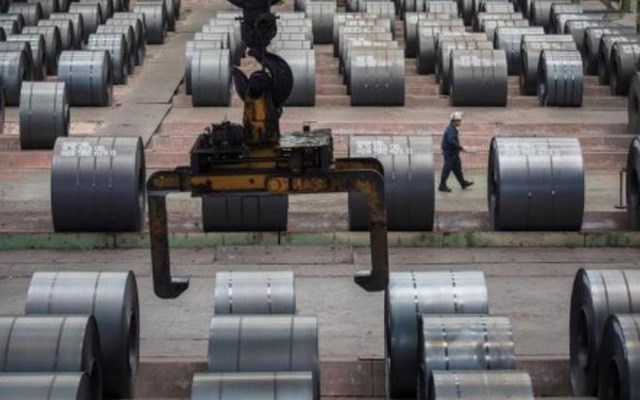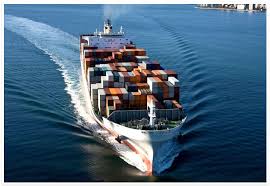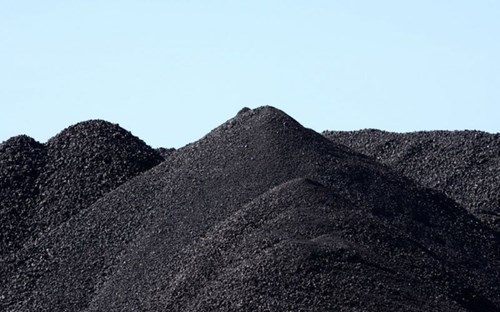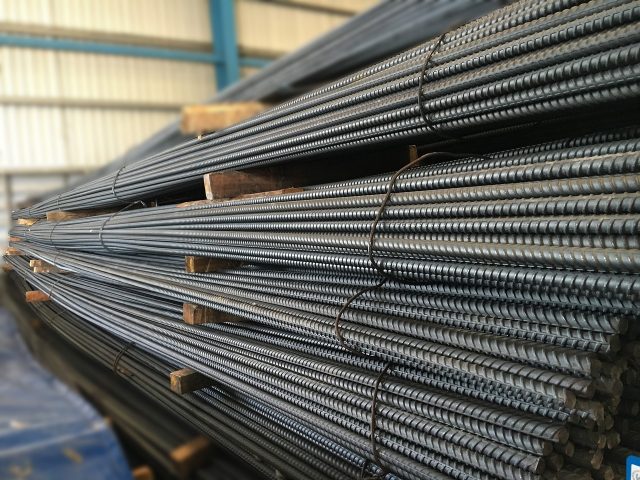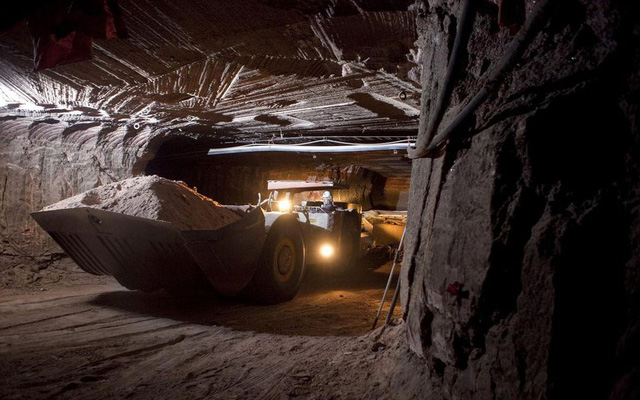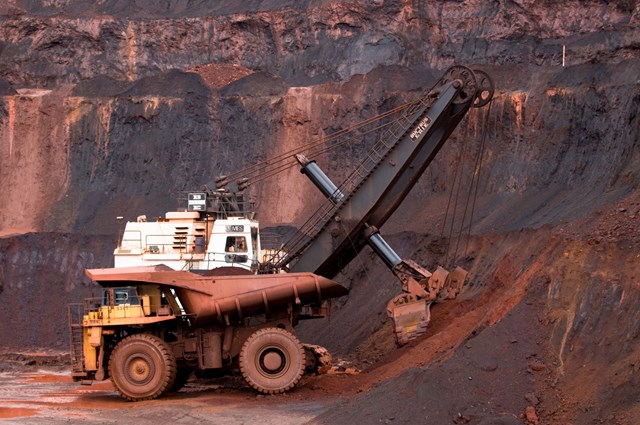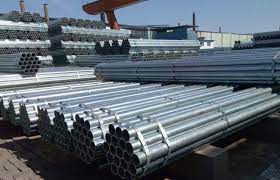China’s crude steel output in April increased by 5.1% from March as the government eased environmental regulations and disruptions such as those caused by COVID-19 also eased. However, compared to the same period last year, China’s crude steel output is still low.
According to Reuters, data from the National Bureau of Statistics (NBS) released on Monday (May 16), showed that China’s crude steel output in April increased by 5.2 percent from March to 88.3 million. tons, equivalent to about 3 million tons/day.
Output surged after factories in northern China completed the capacity cuts requested by the government in mid-March.
However, China is fighting the worst period since the COVID-19 pandemic broke out in late 2019 and the country is strictly adhering to the “zero COVID” policy. This has crippled mill operations and downstream steel consumption.
Activity of Chinese steel mills in March fell the most in more than two years due to construction work stagnation. Some argue that steel mills have missed the traditional peak construction season that takes place every year.
The recovery in prices of raw materials such as iron ore and coking coal continues to weigh on corporate profits, with steelmaker Baoshan Iron & Steel posting a 30% drop in first-quarter net profit.
“Some steel mills, especially those with blast furnaces, have suffered losses due to weak demand and high raw material prices,” said Zhuo Guiqiu, an analyst at Jinrui Capital.
Mr. Zhuo thinks consumption will gradually increase in May but said it will be hard to match last year’s levels.
The Bureau of Statistics said that in the first four months of the year, China produced 336.15 million tons of steel, down 10.3% year-on-year.
China has pledged to continue cutting steel production this year and possibly in the following years.
However, despite the uncertainties, some experts believe that the steel industry will recover strongly as the government is making efforts to control the epidemic and resume the supply chain.
With the government strengthening to ensure a smooth supply chain, logistics barriers are gradually being resolved.
To ensure a stable supply of steel for the market, businesses are expanding their sources of iron ore imports.
In addition, factories also take advantage of scrap steel sources as input materials and support the government in achieving carbon reduction targets.
The biggest driver lies in increased investment in infrastructure and manufacturing. This is seen as part of the government’s efforts to facilitate industrial growth.
Investment in infrastructure maintained a rapid growth rate of about 8.5%, according to the National Development and Reform Commission.
T&G Import-Export Joint Stock Company
Address: 352 Hue Street, Le Dai Hanh Ward, Hai Ba Trung District, Hanoi
Hotline: 02473010868
Email: hrm@tginterjsc.com
Website: http://tgimportexport.co



